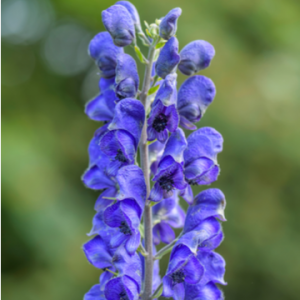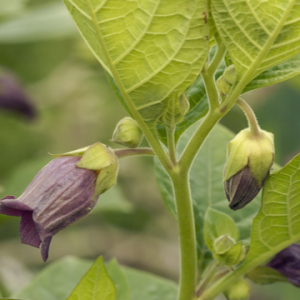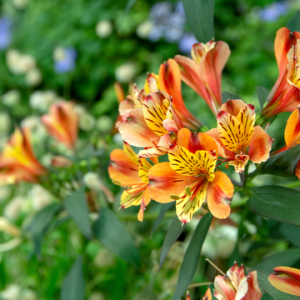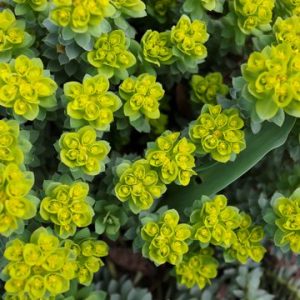




5 Woodland Plants You Should Be Wary Of
When out for a walk in woodland areas, the last thing you expect to encounter is something that can be harmful to you. Especially when it’s just a plant. Most people believe that the thing they should be most wary of is something like a nettle that will give you a little sting. However, this is not the case as there a plenty of woodland-based plants in the UK that can be extremely harmful when coming into contact with them.
Below, we will be highlighting 5 plants that should stay away from, based on their toxic sap which can be extremely irritating to human skin. If you recognise any of these plants and believe you have been exposed to them either by work or in passing in a public area, then we may be able to help you make a claim. This is due to the duty of care that an employer or council has to put measures in place to minimise contact with these plants.
Lords-and-ladies (Arum maculatum)
Location: Woodland areas and alongside hedgerows
Visual: Large arrow-shaped head with a flowering spike having a greeny-yellow colored hood, with purple-spotted leaves. Surrounding the flower, berries will grow being either green, red, or orange (depending on the ripeness).
Toxicity: All parts of the plant can cause a serious allergic reaction, but in particular the berries are the most poisonous part. The plant contains tiny need-shaped crystals that can acutely irritate the skin.
Any consumption of the berries will lead to stomach irritation and throat swelling which will ultimately cause breathing difficulty.
Monkshood (Aconitum napellus)
Location: Damp woodlands, meadows, and alongside ditches.
Visual: Flowers that grow on tall spikes blooming between June and September. Most commonly blue-hooded flowers, but you can find cultivators in colours such as yellow, pink, and white.
Toxicity: All parts of the plant, particularly the roots, are poisonous. Toxins from the plant can transfer into the body through open wounds. If the toxins enter your body, they can negatively impact the heart and consequently be fatal. The sap can also badly irritate the skin causing a burning sensation, vomiting, diarrhea, and spasms.
Toxins from this plant have been known to be used on the tip of poison arrows alongside harpoon tips used in whaling.
Deadly Nightshade (Atropa belladonna)
Location: Woodland areas, alongside paths and scrubby areas
Visual: Purple bell-shaped flowers with oval leaves. Berries will usually grow too, starting green and becoming black when ripe.
Toxicity: The berries of the plant contain a mix of tropane alkaloids which if consumed, can cause symptoms such as sweating, vomiting, hallucinations, breathing difficulties, and potentially death.
It was also used in ancient Greece to offer a pupil-widening effect, given to woman to use as eye drops to dilate their pupils.
Peruvian lily (Alstroemeria fougere)
Location: Grouped in a sheltered sunny border and alongside path edges.
Visual: Usually white flowers with hints of yellow and pink in the throat, topped with streaks of burgundy.
Toxicity: The toxicity of Peruvian lily is down to the compound tulipalin produced when pruning or deadheading the plant. Skin contact can cause intense rashes and irritation, alongside blisters and eye irritation.
Euphorbia
Location: Woodland areas, path sides.
Visuals: Large shrubs that vary in size with little yellow-green flowers.
Toxicity: Milky-sap can be extremely irritating to the skin and eyes. If the sap comes into contact with the eyes, you will most likely experience a burning sensation, along with swelling and temporary loss of vision for up to two weeks. Contact with the skin will cause painful burning sensations along with potential blistering on the skin.
These are just some of the plants within UK woodland areas that should keep an extra lookout for. A longer list (not exhaustive) can be found here.
If you have been unable to work and have suffered financial loss after sustaining a poisonous plant-related injury that was not your fault, we may be able to help you make a claim today by calling 0333 358 3034.
Read our page about Hogweed, another poisonous plant in UK woodland areas that can be harmful to you.





